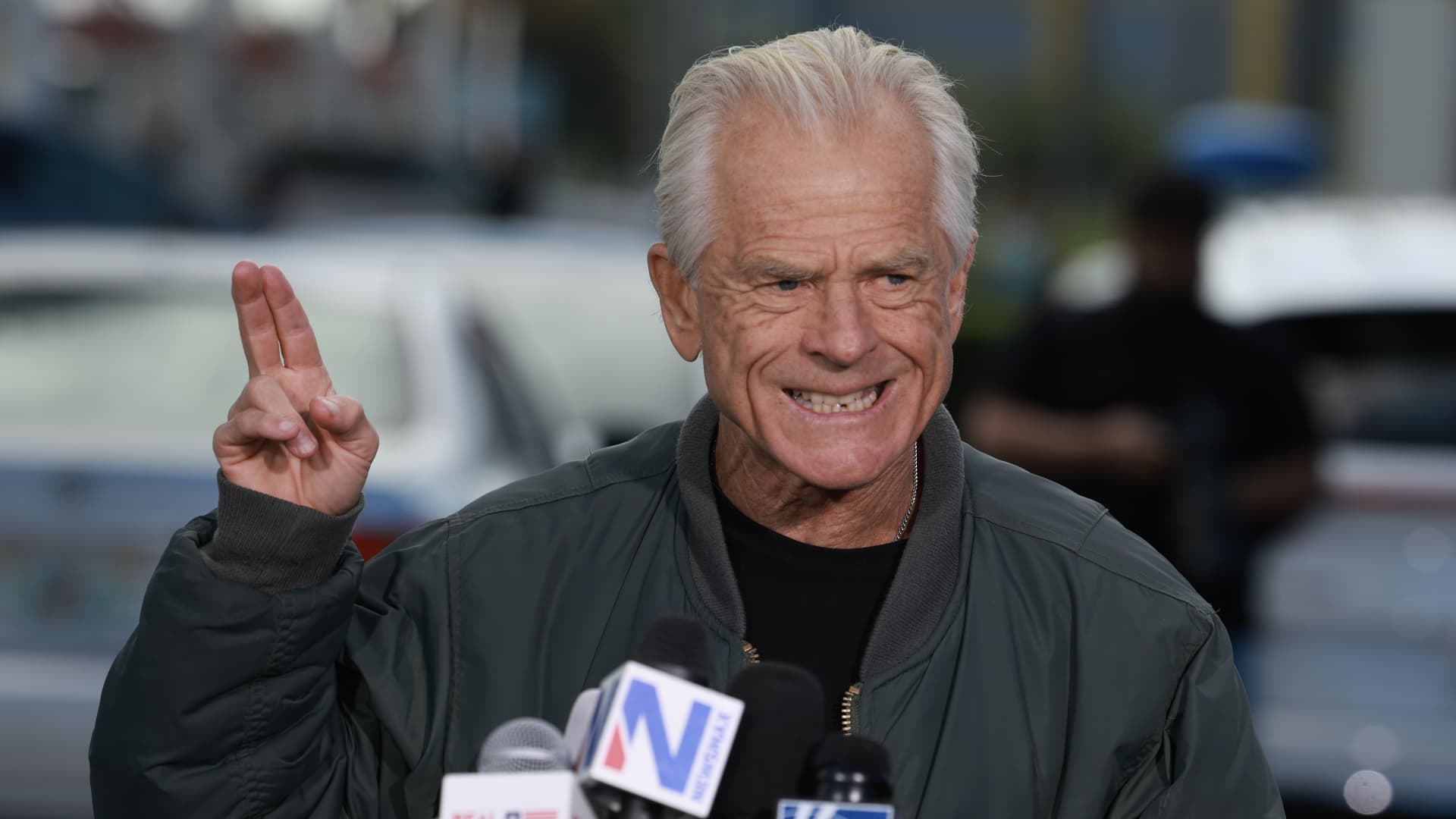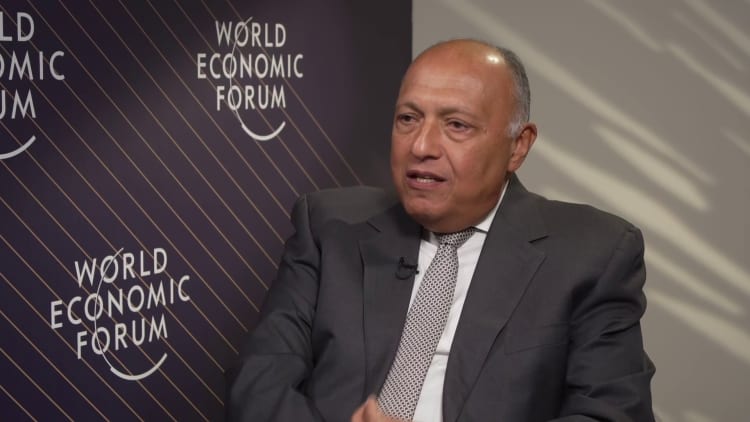Chief Justice John G. Roberts Jr. on Thursday paid loving tribute to former Justice Sandra Day O’Connor, celebrating her legacy as the first woman to serve on the Supreme Court and her commitment to promoting civics and civility after her retirement.
During an awards ceremony at Duke University honoring her contributions to civic education, Chief Justice Roberts reiterated his admiration for his former colleague, a key swing justice who was often called the most powerful woman in America. He eulogized her in December, shortly after her death at age 93.
“Sandra Day O’Connor has strengthened the public image of what it means to look like a judge,” he said. “She warned of the increasing lack of appreciation for what it means to be a citizen.”
For her work in civic education, she was honored Thursday with the Bolch Prize for the Rule of Law, a lifetime achievement award often given to judges, including former Justice Anthony M. Kennedy. The award was accepted by her son Scott O’Connor.
Chief Justice Roberts and Justice O’Connor’s paths have long crossed.
On his first day at the Justice Department in 1981, the young Mr. Roberts was assigned to help prepare the future justice for her Senate confirmation hearings by putting together draft answers to questions he expected her to answer. She was ultimately confirmed by a vote of 99-0.
Judge O’Connor would then sit on the bench for each of the more than three dozen cases that Chief Justice Roberts argued as an attorney before the Supreme Court, he told the audience Thursday.
Years later, in 2005, he was nominated by President George W. Bush to replace Judge O’Connor when she announced her retirement. Ultimately, the two sat side by side on the bench for less than a year after the death of Chief Justice William H. Rehnquist left a more pressing vacancy.
For a brief period before Justice Amy Coney Barrett’s arrival in 2020, Chief Justice Roberts had a taste of the role Justice O’Connor played during much of her time on the court, serving as a swing vote and ideological center. In her nearly 25 years on the court, Judge O’Connor has often struck a middle ground on contentious issues such as abortion, gay rights and affirmative action.
Echoing previous public statements in her memory, Chief Justice Roberts recognized Justice O’Connor’s groundbreaking role, noting how she laid the foundation for women to succeed at a time when they were not seen as equals.
He scrolled through photos from the early days of her career, pausing several times to highlight the conspicuous lack of other women around her in law school, a moot court competition and later the Supreme Court, drawing laughter from the crowd.
“I definitely felt like she had a responsibility to be the first woman on the Supreme Court to show that she could more than keep up with the guys,” he said Thursday. “But I think she also felt an obligation as the most powerful woman in America to do her best out there and promote the values that define our country.”
Judge O’Connor resigned in 2006 to care for her husband, who suffered from Alzheimer’s disease, but remained active in public life, arguing cases in the appeals courts and promoting civic education, including through the creation of an online program . In 2018, she announced that she was suffering from dementia.
However, her example helped open the door for others. Today four of the nine judges are women.
Source link
2024-04-05 01:45:10
www.nytimes.com







